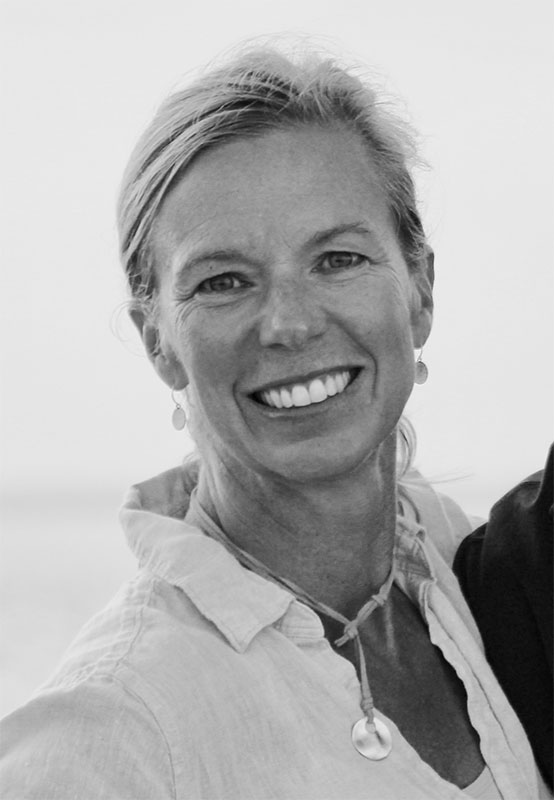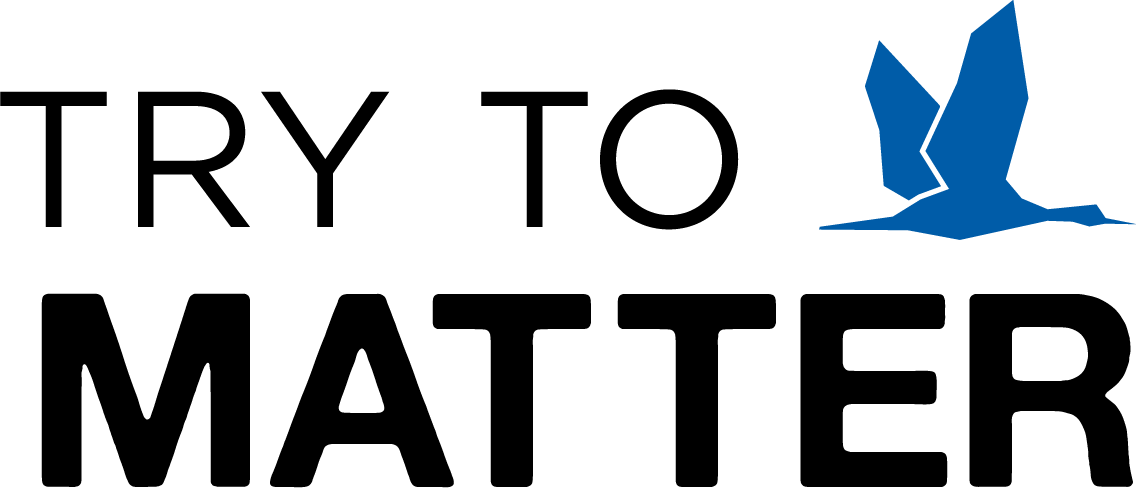Talking Mindfulness with Fraser Davis
Diving deeper into the idea of mindfulness today by talking to my friend and mindfulness teacher Fraser Davis. I started working with Fraser this year to reduce my anxiety to try and find a way to live in the present moment. I love her small class size and her calming voice which guides us through weekly meditations.

Hi Fraser! You are a mindfulness coach here in Richmond, Virginia. Can you tell us what led you to this path?
Yes! I would love to as I have a feeling there are others who may be in the spot I was in 8 years ago when I was sitting on my bedroom floor wrapping holidays gifts. Everything about my life would have appeared fine to an outside observer….I had 4 healthy sons, a nice husband, a good business, but I was struggling. I felt disconnected. The best way I can describe it is that I was living on ‘automatic pilot.’ I was making decisions and living my life according to all the shoulds and expectations I had swirling around in my head instead of living from my deepest intentions and values. This had led to a feeling of disconnection, loneliness and dissatisfaction. I was desperate to reconnect with myself and others. I went to see a therapist who 'prescribed' meditation. I was lucky to find a wonderful meditation teacher, Lynn Brooke, and that is how my journey began. The practices of mindfulness and meditation were so transformative for me that I just knew I wanted to help others experience the benefits so I completed a 2 year Mindfulness Meditation Teacher Certification program through the University of California’s Greater Good Science Center as well as a 200-hour yoga teacher training. I have been dedicated to teaching and sharing mindfulness, meditation and yoga ever since.
How do you define mindfulness and can anyone learn how to practice it? What are the benefits?
Mindfulness is a practice, a mindset, and a set of tools for living a life of balance that allows for more joy and less reactivity. As a practice, mindfulness simply means living in the present moment so that we don't miss out on our lives. For instance, when speaking with someone, we can either be fully present, hear what they are saying, notice their body language and experience resonance that allows for deep connection, or we can be thinking about all the things we have to do in the next hour and completely miss the opportunity for connection and understanding. If we are continually living in the future like this, we truly miss out on our lives, our relationships, and opportunities for learning and growth, joy and happiness.
As a mindset, mindfulness prioritizes curiosity, compassion, and a commitment to growth. Mindfulness tools include pausing and meditation practices that cultivate attention, concentration, awareness, kindness, joy, balance, gratitude etc.
The benefits of mindfulness are endless. I like to sum them up using the three c's of wellness - calm, clarity and connection. Through the practice of meditation, we experience calm and ease in the body which in turn settles the mind and allows for clarity, insight and wisdom. These experiences of calm and clarity enable connection with our deepest intentions and foster deeper connections with others.
One thing you teach that I have found helpful is the power of the pause. Can you explain that and why it is important?
So glad you are asking this question because this is such a simple yet powerful practice. Instead of reacting from every emotion that flows through our body and ending up saying things we don't mean or sending off that email that has been written from unprocessed emotion, we learn to pause. We take a deep breath or a few deep breaths so that we can allow ourselves to settle back into balance and make a conscious choice as to how we would like to respond instead of acting from automatic impulse.
Another useful application is the STOP technique. What is this and how does it help?
This is the perfect question to follow-up your inquiry about the pause because the STOP technique is just an elongated pause that allows us to go a little deeper and to begin to develop our ability to self-observe so that we can begin to notice habits and behaviors that we may be interested in addressing. We use the STOP technique when we feel triggered.
S stands for Stop and pause.
T stands for Take a breath or a couple of breaths in order to settle back into balance.
O stands for Observe what is going on in the body, in the mind and in the heart. What is underneath this reactive impulse of feeling triggered? Are you tired? Are you upset about something that needs to be addressed? By beginning to observe your inner landscape you can become aware of what is really going on. O also stands for Offer. Offer yourself some care, some compassion, some rest, a chance to reassess what is really going on.
P is for Proceed with your day with this possibility of more clarity and caring for yourself and others.
Lastly, how has mindfulness impacted your life?
In so many positive ways. I think I can best sum it up by saying that mindfulness has put me on a path to more self-awareness which has led to making more conscious choices that reflect my deepest intentions and values. I live with a bit more ease and am able to express myself more clearly and listen more deeply which has improved my relationships. I am able to access more joy, and I have greater tolerance for struggle and sorrow. I have so much more to learn but know that as long as I practice I will continue to benefit from the wisdom of mindfulness. Please let your readers know that I am available to share the practice through group teaching, presentations, workshops or private sessions. They can get more information at www.fraserdavismindfulness.com or they can email me at frasergibsondavis@gmail.com.
Thank you for this amazing opportunity to share the gift of mindfulness with your readers Shannon. And thank you for the good work you are doing through your website, podcast and interviews.
